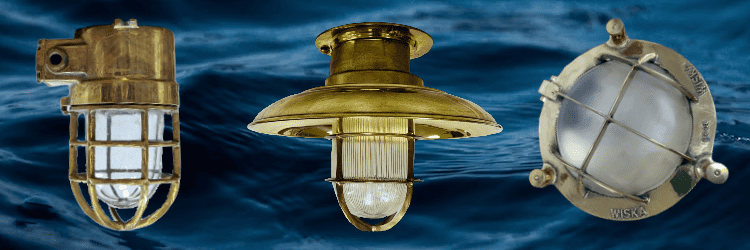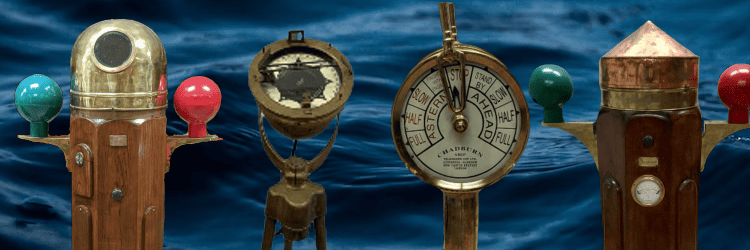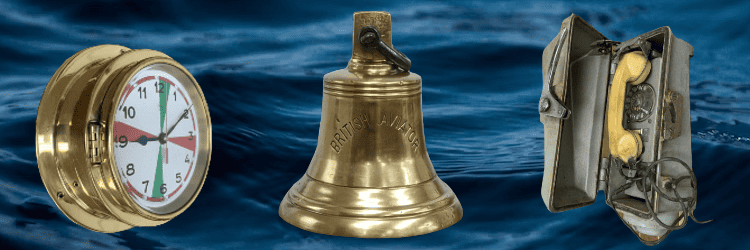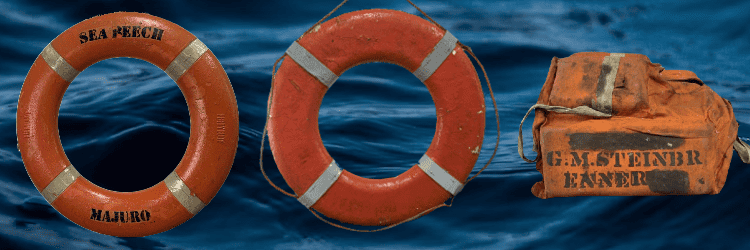William Thomson – Kelvin Hughes
Kelvin Hughes is a nautical company with a wonderful history. We had the pleasure to dive deep into their past and were fascinated by the details. We’d like to share just a few tid-bits about William Thomson that we learned while researching our listings.
William Thomson, 1st Baron Kelvin, was a Scottish engineer and physicist who played a significant role in the development of nautical navigation instruments. Born in 1824 in Belfast, Ireland, Thomson received his education at the University of Glasgow and went on to become one of the most influential scientists of his time.
Thomson’s work in the field of nautical navigation began in the 1850s, when he was asked to design a compass for use on ocean-going vessels. The result of his efforts was the Kelvin compass, which was a major improvement over existing designs and became widely used on ships around the world.
In addition to his work on the Kelvin compass, Thomson also developed other navigation instruments, including a tidal predictor and a sounding machine. These tools greatly improved the accuracy and reliability of navigation at sea, and paved the way for the development of more advanced technologies in the future.
Despite his many achievements, Thomson is perhaps best known for his work on the theory of thermodynamics, which he developed in the 1860s. This theory, which remains an important part of modern physics, was instrumental in the development of the steam engine and other technologies that have had a profound impact on society.
Overall, William Thomson was a pioneer in the field of nautical navigation, and his contributions continue to be felt to this day. His work laid the foundation for many of the technologies that are used to navigate ships safely and efficiently, and he remains an important figure in the history of science and technology.
In 1913, Thomson joined forces with a UK-based company called Kelvin Hughes, which had been founded by a group of engineers and entrepreneurs who were interested in developing navigation instruments for the maritime industry.
Together, Thomson and Kelvin Hughes set out to develop new technologies that would improve the accuracy and reliability of navigation at sea. One of their key innovations was the MantaDigital radar system, which used advanced digital signal processing technology to provide highly accurate information about the surrounding environment, including the position of other vessels, obstacles, and potential hazards.
In addition to radar systems, Kelvin Hughes also developed a range of other navigation instruments, including electronic chart display and information systems (ECDIS), which provided detailed information about the vessel’s position and surrounding environment. These systems greatly improved the safety and efficiency of navigation at sea, and were widely adopted by the maritime industry.
Despite his many achievements, Thomson is perhaps best known for his work on the theory of thermodynamics, which he developed in the 1860s. This theory, which remains an important part of modern physics, was instrumental in the development of the steam engine and other technologies that have had a profound impact on society.
Overall, the partnership between William Thomson and Kelvin Hughes was an important one, and their contributions to the field of nautical navigation continue to be felt to this day. Their work paved the way for many of the technologies that are used to navigate ships safely and efficiently, and they remain an important part of the history of science and technology.
















